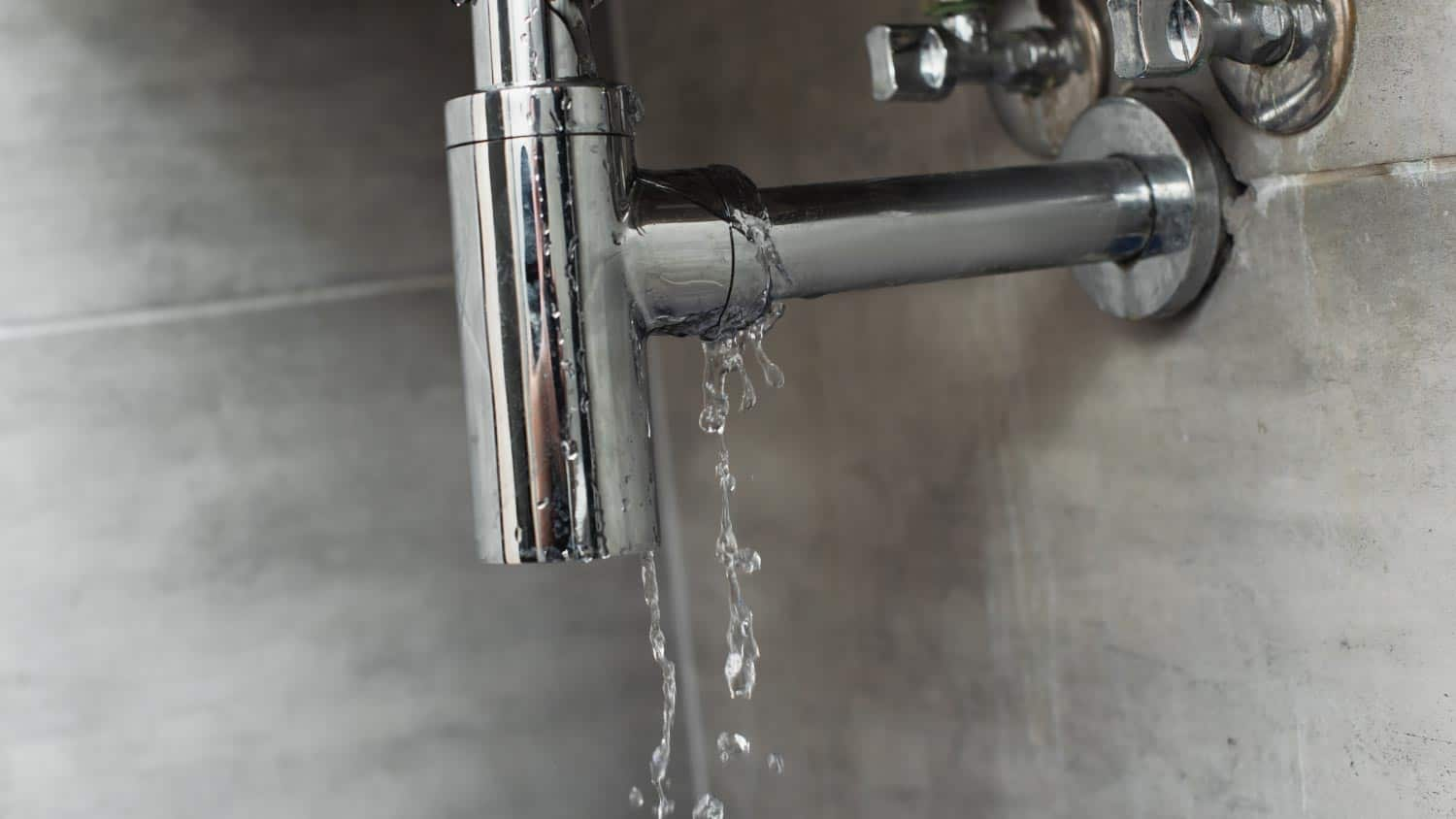We've noticed this article involving Locating water leaks below on the internet and think it made sense to relate it with you on this page.
.jpg)
Early detection of dripping water lines can minimize a possible calamity. Some little water leakages might not be visible.
1. Check Out the Water Meter
Every residence has a water meter. Examining it is a proven manner in which assists you uncover leaks. For beginners, switch off all the water sources. Make sure nobody will certainly purge, make use of the tap, shower, run the washing equipment or dish washer. From there, go to the meter and watch if it will certainly transform. Because nobody is utilizing it, there must be no motions. That indicates a fast-moving leak if it relocates. If you spot no modifications, wait a hr or two and also check back again. This indicates you may have a sluggish leakage that might even be underground.
2. Inspect Water Intake
Evaluate your water costs and track your water consumption. As the one paying it, you need to discover if there are any type of inconsistencies. If you detect sudden changes, in spite of your consumption coinciding, it indicates that you have leaks in your plumbing system. Bear in mind, your water bill must fall under the very same array every month. An unexpected spike in your costs shows a fast-moving leak.
On the other hand, a stable boost on a monthly basis, even with the same behaviors, shows you have a slow leakage that's additionally slowly intensifying. Call a plumber to thoroughly check your property, particularly if you feel a cozy area on your flooring with piping beneath.
3. Do a Food Coloring Examination
When it comes to water usage, 30% comes from commodes. If the shade somehow infiltrates your bowl during that time without flushing, there's a leak between the container and also dish.
4. Asses Outside Lines
Don't forget to check your outside water lines as well. Needs to water seep out of the link, you have a loosened rubber gasket. One small leak can squander lots of water and increase your water expense.
5. Check as well as Analyze the Scenario
Homeowners need to make it a practice to check under the sink counters as well as also inside closets for any bad odor or mold and mildew development. These two warnings indicate a leakage so punctual attention is needed. Doing regular assessments, even bi-annually, can conserve you from a significant problem.
If you know your home is already old, maintain a watchful eye on your heating units, hose pipes, pipes etc. Look for discolorations and also compromising as a lot of devices and pipes have a life span. They will certainly also naturally wear away because of tear as well as put on. Don't wait for it to intensify if you suspect leaking water lines in your plumbing system. Call an expert plumber right now so you do not end up with a horrible mess in your house.
Early detection of leaking water lines can mitigate a potential disaster. Some tiny water leakages might not be noticeable. Examining it is a guaranteed means that helps you find leaks. One little leak can throw away heaps of water as well as increase your water bill.
If you suspect leaking water lines in your plumbing system, do not wait for it to intensify.
WARNING SIGNS OF WATER LEAKAGE BEHIND THE WALL
PERSISTENT MUSTY ODORS
As water slowly drips from a leaky pipe inside the wall, flooring and sheetrock stay damp and develop an odor similar to wet cardboard. It generates a musty smell that can help you find hidden leaks.
MOLD IN UNUSUAL AREAS
Mold usually grows in wet areas like kitchens, baths and laundry rooms. If you spot the stuff on walls or baseboards in other rooms of the house, it’s a good indicator of undetected water leaks.
STAINS THAT GROW
When mold thrives around a leaky pipe, it sometimes takes hold on the inside surface of the affected wall. A growing stain on otherwise clean sheetrock is often your sign of a hidden plumbing problem.
PEELING OR BUBBLING WALLPAPER / PAINT
This clue is easy to miss in rooms that don’t get much use. When you see wallpaper separating along seams or paint bubbling or flaking off the wall, blame sheetrock that stays wet because of an undetected leak.
BUCKLED CEILINGS AND STAINED FLOORS
If ceilings or floors in bathrooms, kitchens or laundry areas develop structural problems, don’t rule out constant damp inside the walls. Wet sheetrock can affect adjacent framing, flooring and ceilings.
https://www.servicemasterbyzaba.com/blog/how-to-detect-water-leakage-in-walls/

As an enthusiastic reader about Detecting hidden plumbing leaks, I was thinking sharing that section was beneficial. You should set aside a second to distribute this write-up if you enjoyed reading it. I am grateful for your time. Don't hesitate to check our website back soon.
Navigate plumbing issues professionally.